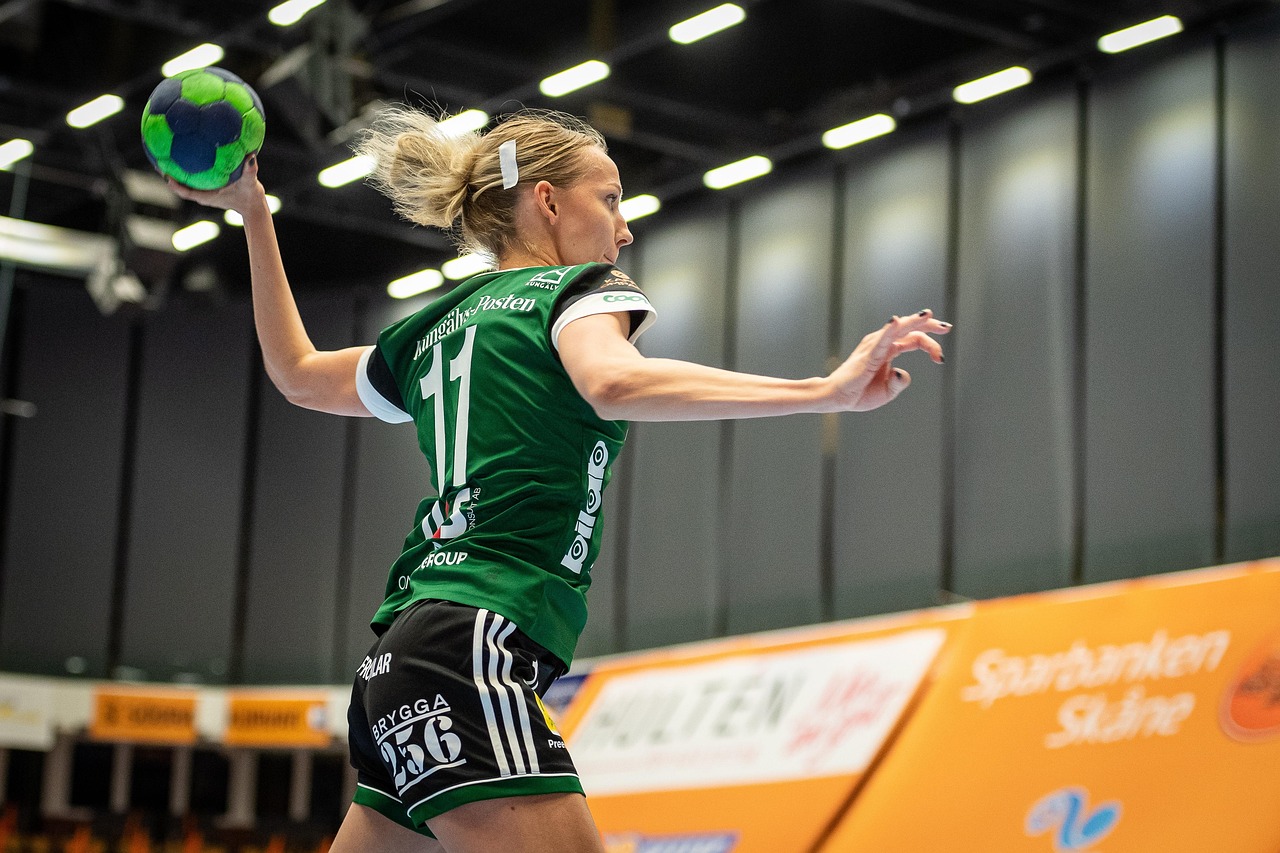Olympic Flag Football: A Dream in Motion
Flag football, a variant of traditional American football where players remove flags from a belt instead of tackling, has recently captured the attention of sports enthusiasts worldwide. As it inched closer to inclusion in the Olympic Games, this dynamic sport has presented a thrilling vision for athletes, fans, and sponsors alike.
The Road to Olympic Inclusion
Flag football has been gaining traction on the global sports stage. With its fast-paced gameplay, inclusivity, and minimal equipment requirements, it appeals to a broad audience. The International Federation of American Football (IFAF) has been instrumental in promoting the sport internationally, pushing for its candidacy in the Olympic lineup. The journey toward Olympic recognition has involved grassroots efforts, international competitions, and an increasing presence in youth sports programs.
One cornerstone of this journey was the successful demonstration of flag football at events like the World Games and various international championships, showcasing the sport’s popularity across continents. With a growing number of nations fielding competitive teams, the push for inclusion has intensified, garnering the attention of the International Olympic Committee (IOC) looking to embrace newer, quintessentially modern sports.
The Structure of Olympic Flag Football
The proposed format for Olympic flag football would likely consist of mixed-gender teams competing in a fast-paced, action-oriented environment. Each team, typically comprising seven players, engages in fierce competition over a series of rounds culminating in a climactic championship match. The proposed format embraces inclusivity, a value that aligns with the Olympic spirit, allowing mixed-gender participation and enabling athletes from various backgrounds to compete on a global platform.
Flag football’s absence of contact fosters an environment that promotes skill development, agility, and strategic thinking over sheer brute strength. Athletes must outsmart their opponents through precise passes, swift plays, and heightened teamwork, thus making matches both exciting and accessible.
Benefits of Flag Football as an Olympic Sport
-
Inclusivity and Growth: Flag football is not limited by age, gender, or physicality, making it a truly inclusive sport. Its adaptability encourages participation from diverse demographics, thereby fostering greater community involvement and outreach.
-
Physical and Mental Development: It offers significant physical benefits, including improved coordination, cardiovascular fitness, and teamwork skills. Furthermore, it emphasizes strategic thinking and decision-making under pressure.
-
Global Appeal: Flag football has already established a solid international presence, seen in countries like the USA, Canada, Mexico, and various European and Asian nations. This global interest can enhance the Olympics’ engagement with a younger audience, as flag football resonates well with youth culture.
-
Low Barrier to Entry: Unlike traditional football, the equipment required for flag football is minimal, allowing easier access for athletes worldwide. As a result, communities can embrace the sport without substantial financial investments.
- Enhancing Olympic Values: The inclusivity and adaptability of flag football aligns with the core Olympic values of excellence, friendship, and respect, promoting a spirit of sportsmanship and camaraderie.
Challenges & Considerations
While the dream of Olympic inclusion brings excitement, it also poses challenges. One primary concern is maintaining a uniformity in format and gameplay rules among participating countries. These variations can dilute the competitive nature of international matchups. Thus, establishing a standardized set of rules administered by the IFAF would be crucial for Olympic competition.
Moreover, logistical elements such as scheduling, venue selection, and broadcasting must adapt to showcase flag football effectively. Balancing competition across different time zones while ensuring high visibility for audiences globally is an undertaking that requires diligent planning.
Notable International Events
Several significant tournaments lay the groundwork for Olympic inclusion, including the annual IFAF World Championship, which attracts national teams worldwide, and regional tournaments like the European Flag Football Championship. Each event not only highlights the athleticism involved in flag football but also serves as a platform for showcasing diverse cultural interpretations of the sport.
In recent history, showcases at high-profile events such as the NFL Pro Bowl and the introduction of the USA Football Flag Championships have increased visibility, positioning flag football as a formidable contender for Olympic recognition.
Training and Developmental Programs
The burgeoning interest in flag football has led many organizations worldwide to initiate training and developmental programs designed for aspiring athletes. Schools and local leagues emphasize skill development from a young age, providing foundational knowledge while simultaneously instilling values of teamwork and discipline.
Through community engagement, flag football programs can further solidify local interest and increase participation rates, ultimately feeding a pipeline of athletes ready for international competition. Coach education programs are also critical, fostering knowledgeable mentors to guide athletes through their developmental stages.
Sponsorship and Economic Impact
The potential inclusion of flag football in the Olympics has attracted the attention of sponsors eager to tap into the sport’s growth. Major corporations see an opportunity to align their brands with a modern, dynamic sport that resonates particularly well with younger audiences. As sponsorship dollars flow into flag football events, they will bolster community programs and international competitions, leading to economic benefits for local economies.
The precise role of media coverage for flag football cannot be overstated. As it gains visibility, potential partnerships with broadcasters can introduce the sport to new audiences, driving community engagement and participation rates higher than ever before.
Community Engagement through Olympic Aspirations
As flag football aims for Olympic inclusion, one of the most significant aspects is its potential for community engagement. Local leagues and school programs can capitalize on the excitement surrounding the Olympics, organizing events and outreach programs that draw in more participants. This engagement not only fosters love for the sport but also promotes wider acceptance of physical activity among youth.
Through exhibitions, tournaments, and school partnerships, communities can build a foundation that supports not only the aspirations of individuals but also the collective ambition of nations.
Future Horizons: Olympic Flag Football
While the dream of Olympic flag football remains in motion, the journey demonstrates the sport’s potential to inspire athletes worldwide. As nations rally to compete for glory, the Olympic stage could soon be graced by the excitement, inclusivity, and sheer thrill of flag football—a fitting addition to the evolving landscape of global sports.
Flag football, driven by its commitment to promoting inclusivity, skill, and cooperation, stands poised to not just become an Olympic sport, but a symbol of a new era in understanding and celebrating athletic talent on the world stage.





ola